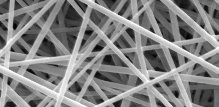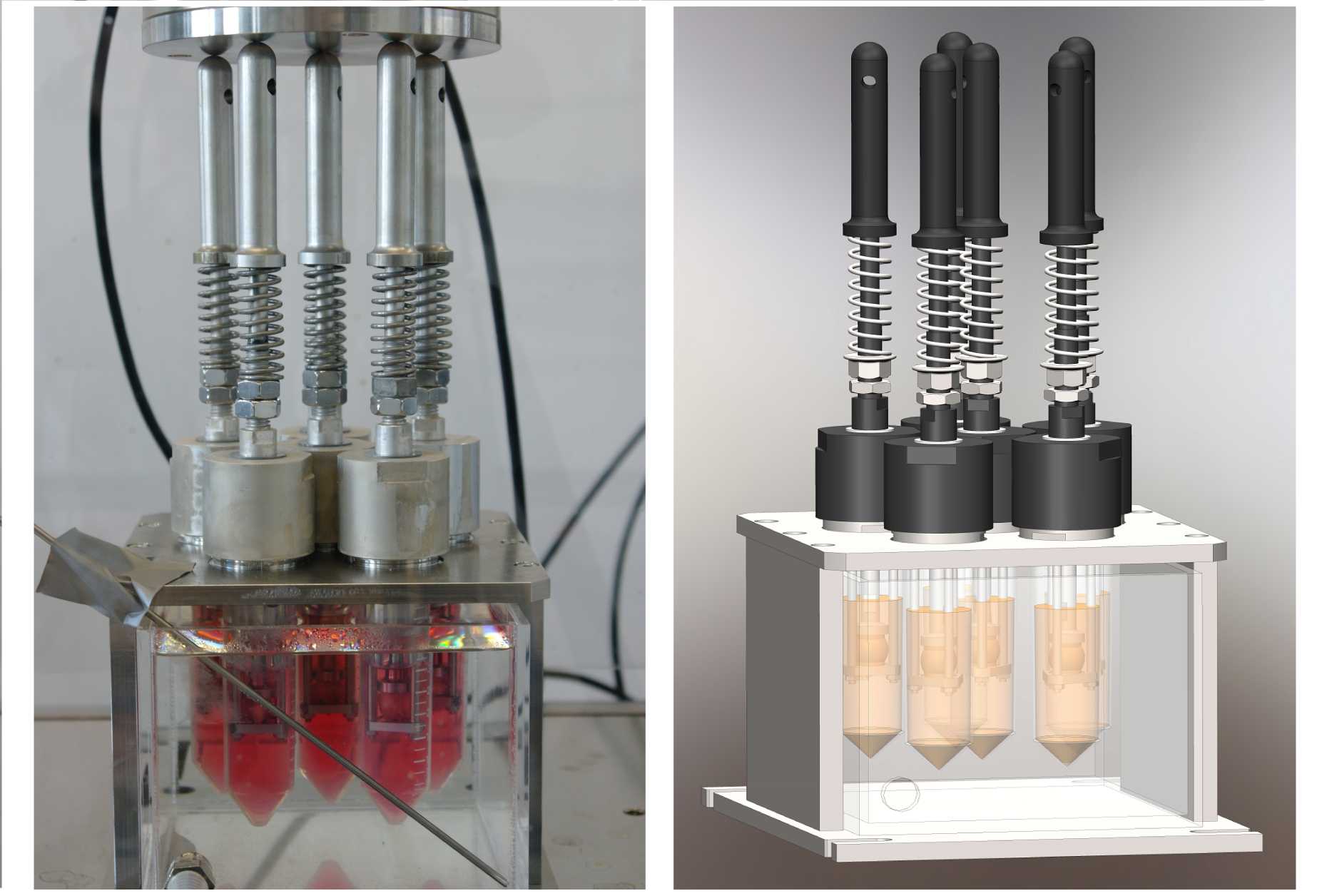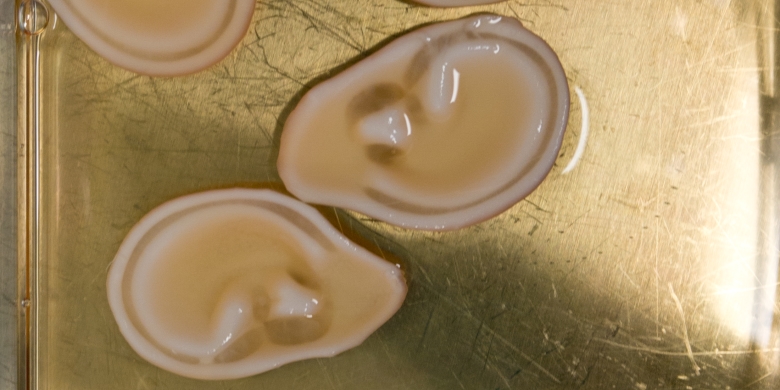Tissue Mechanobiology
Introduction
The human musculoskeletal system adapts to external cues (e.g. mechanical loading or chemical factors) not only during embryonic and early postnatal development, but also throughout the entire life. Although the mechanical and chemical environment is thought to play a dominant role in tissue remodeling, repair and degeneration, the fundamental molecular mechanisms responsible remain unclear. Intracellular pathways seem to convert external cues into biochemical responses, a process that – in case of mechanical stimuli - is known as mechanotransduction. However, not only external mechanical factors (e.g. compressive forces) and chemical cues (e.g. inflammatory signals), but also the physical environment (e.g. the properties of the extracellular matrix) can regulate cellular behavior by providing relevant mechanical and chemical information that can be sensed by the resident cells.
Our research in the field of tissue mechanobiology investigates cellular responses to their mechanical, physical and chemical environment. The overall goal of the group is to identify and describe the mechanisms leading to phenotypic and biosynthetic changes in musculoskeletal tissues and ultimately to multiple orthopaedic diseases that pose great health problems in our industrialized societies. A better understanding of the interplay between various external cues and their biomechanical consequences on the cell, tissue and organ level will furthermore allow us to develop non- or minimal-invasive treatment strategies (e.g. molecular therapeutics, mechanical or electrical therapies or scaffolds for tissue engineering) to prevent or treat the respective degenerated diseases in disc, cartilage and bone.



